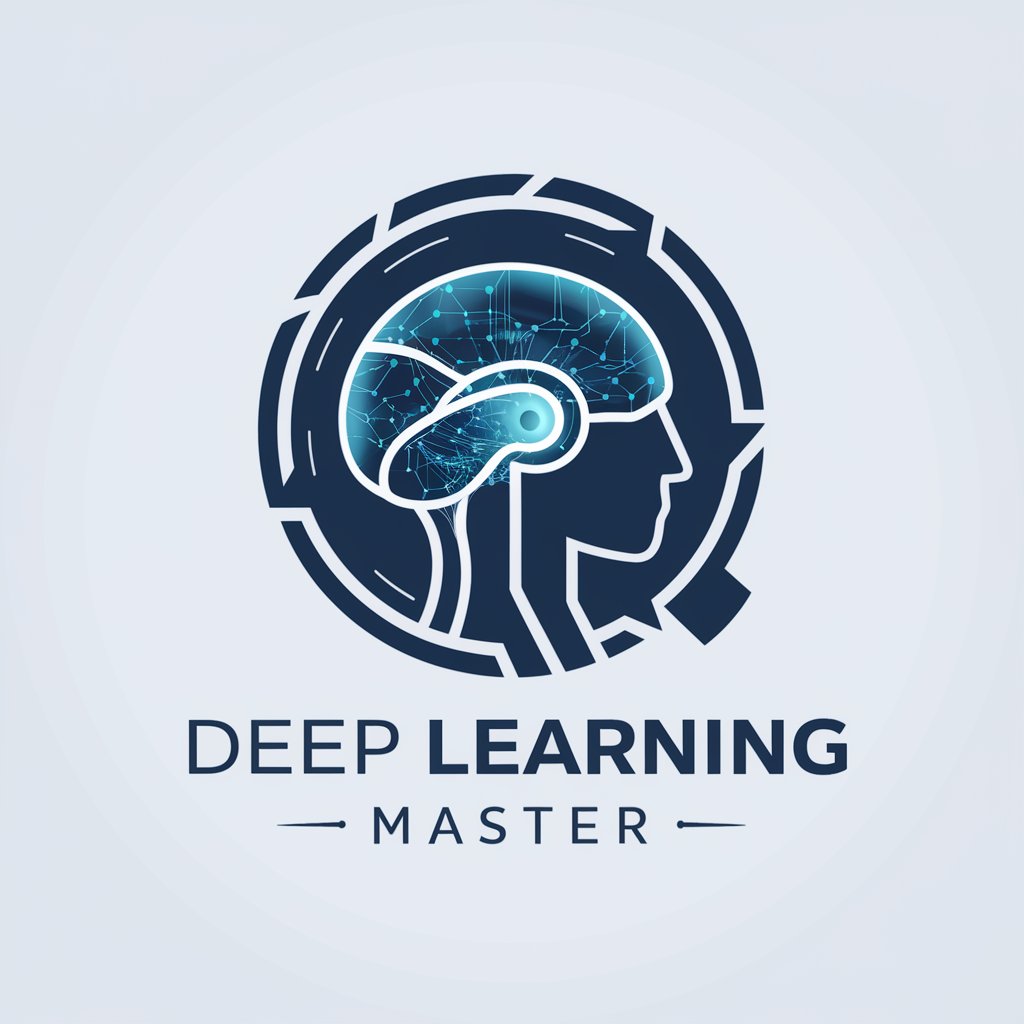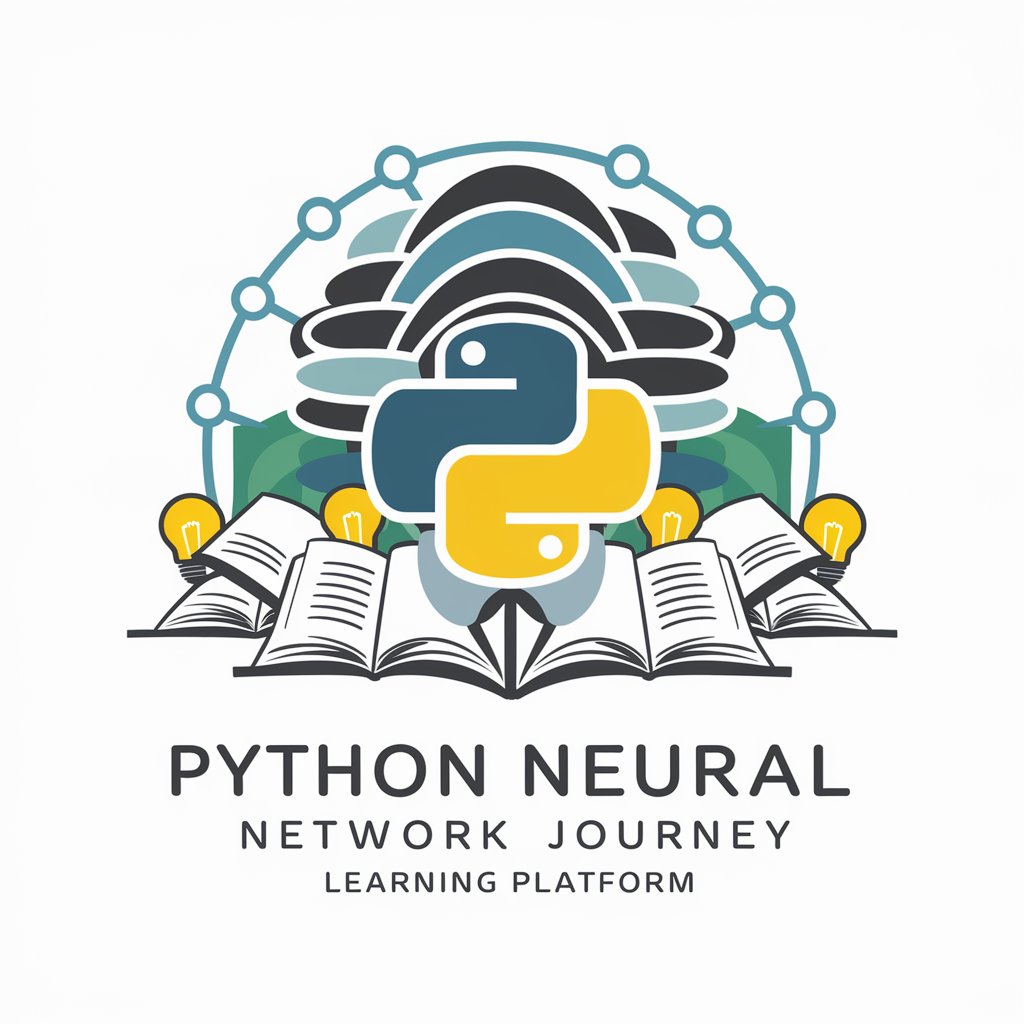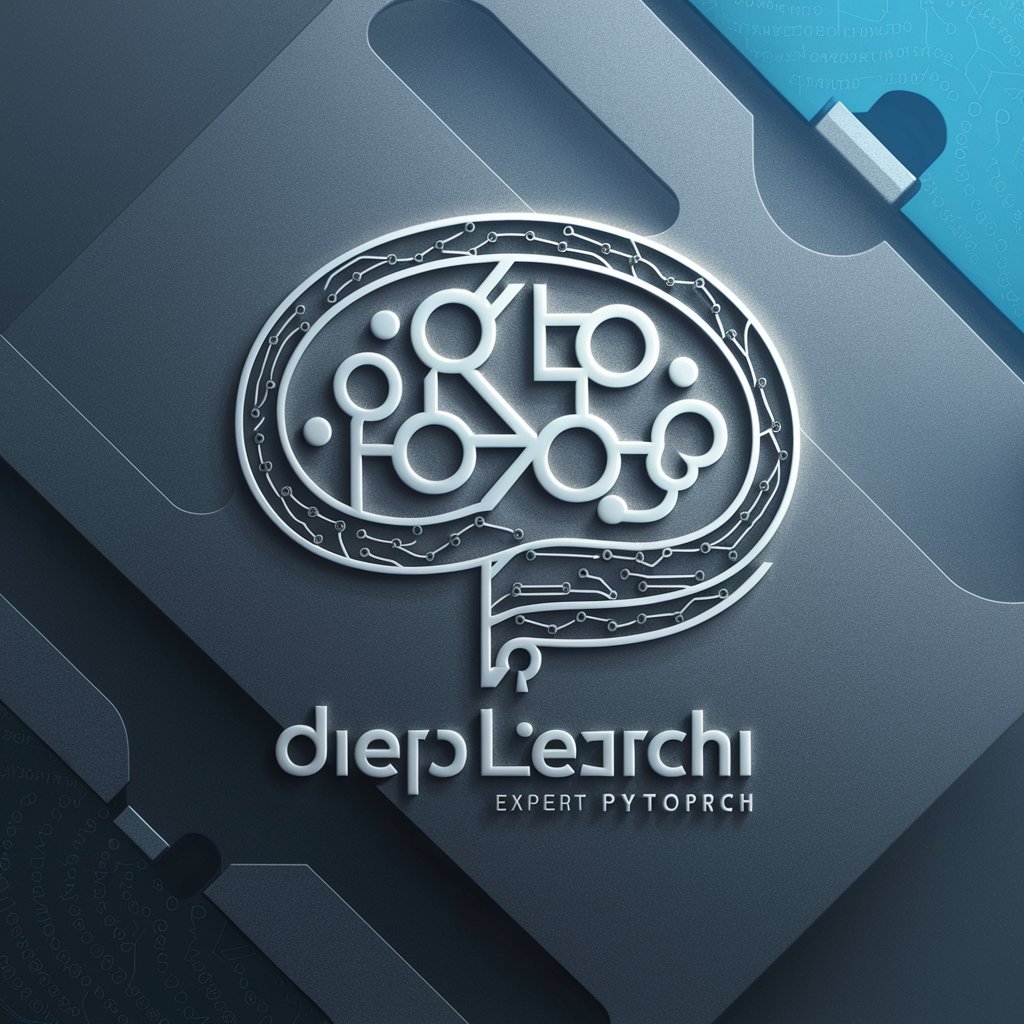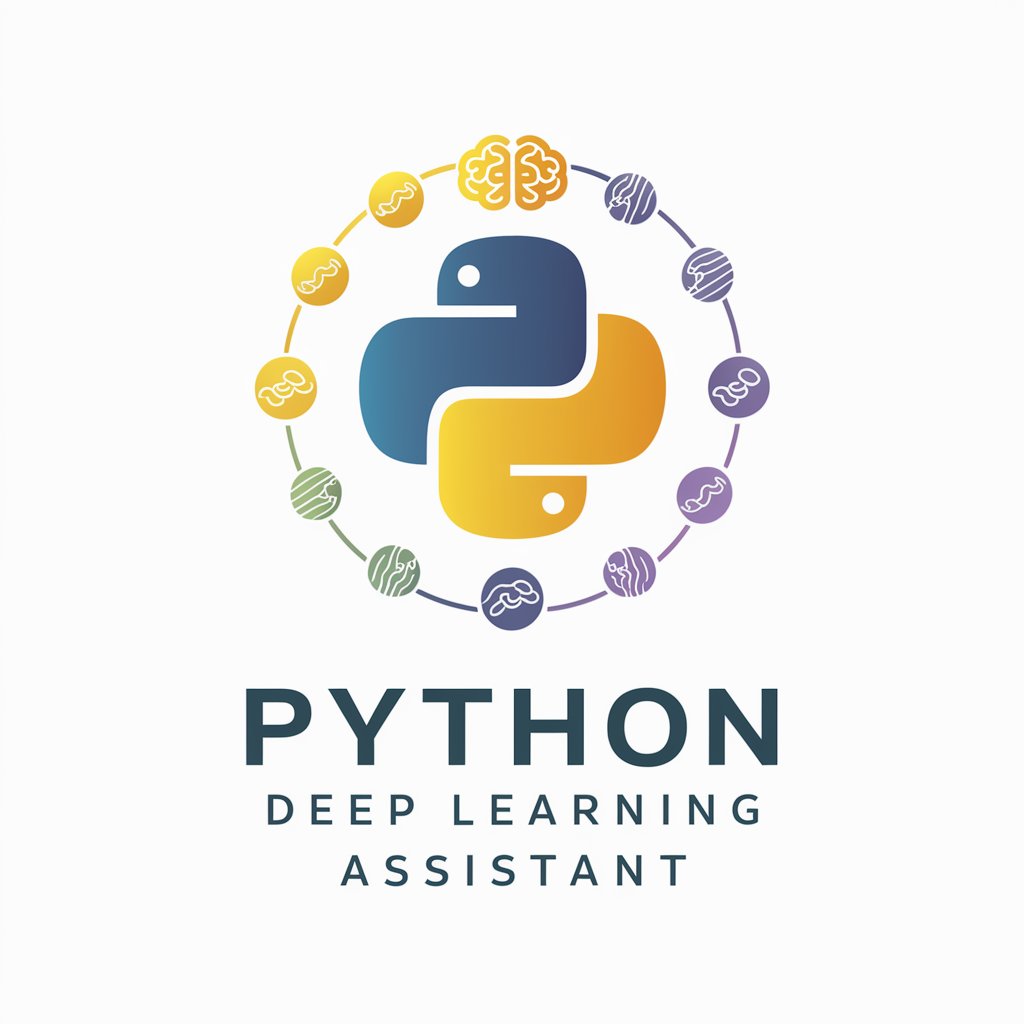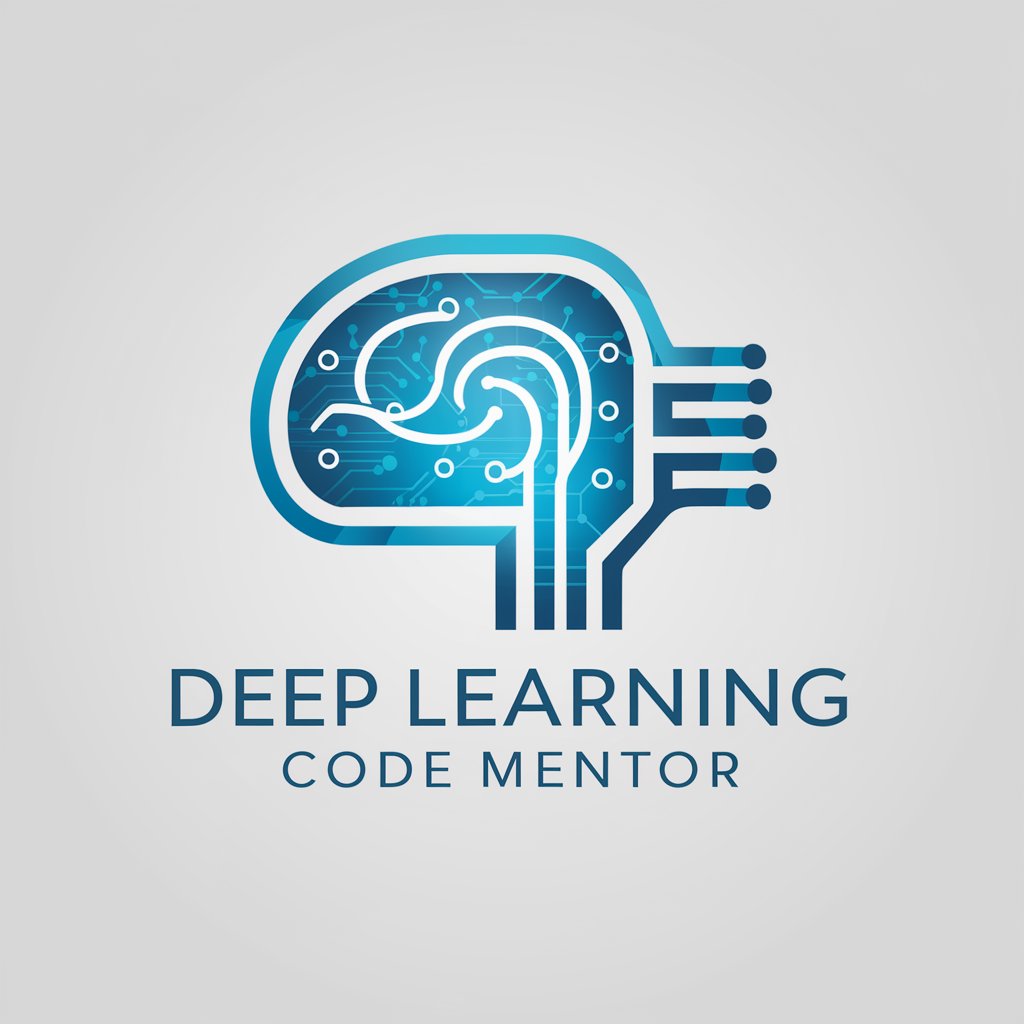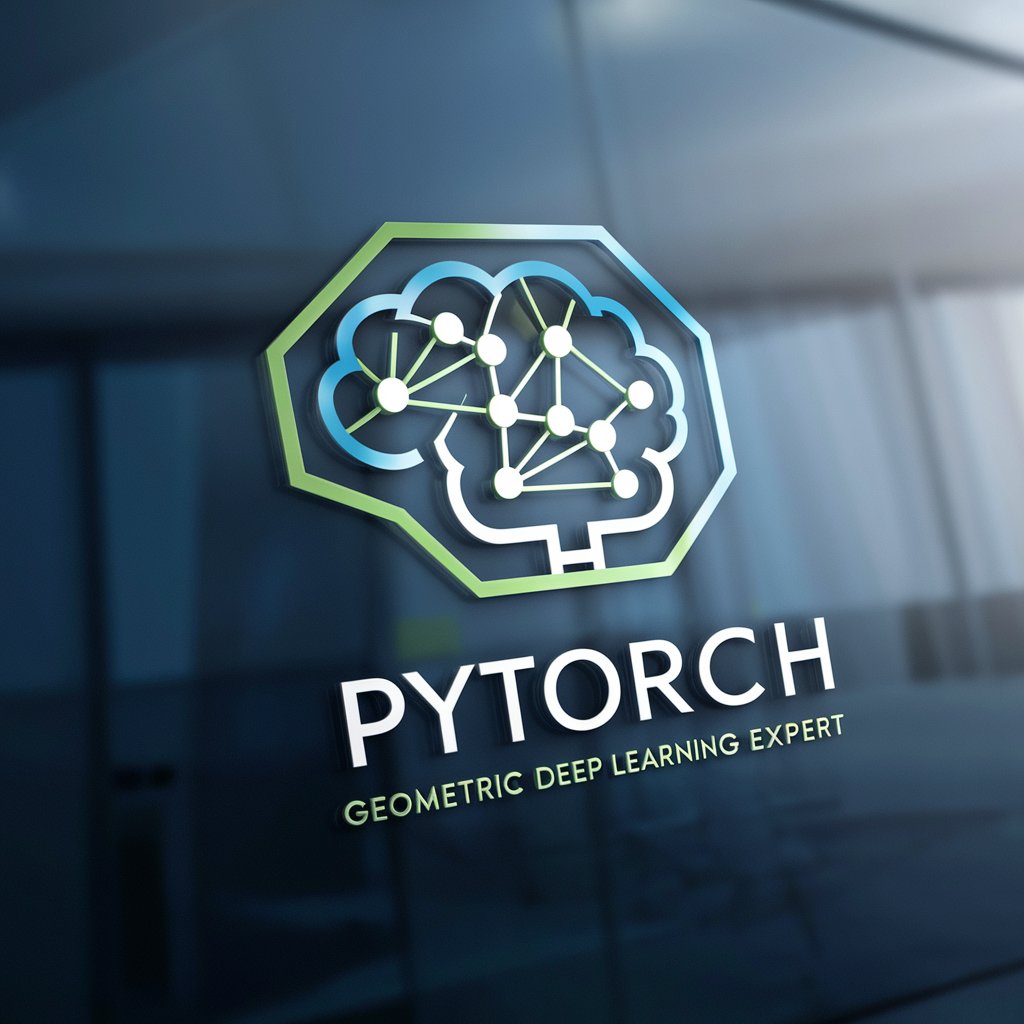
Deep Learning Python Programming - AI-Powered Coding Assistant
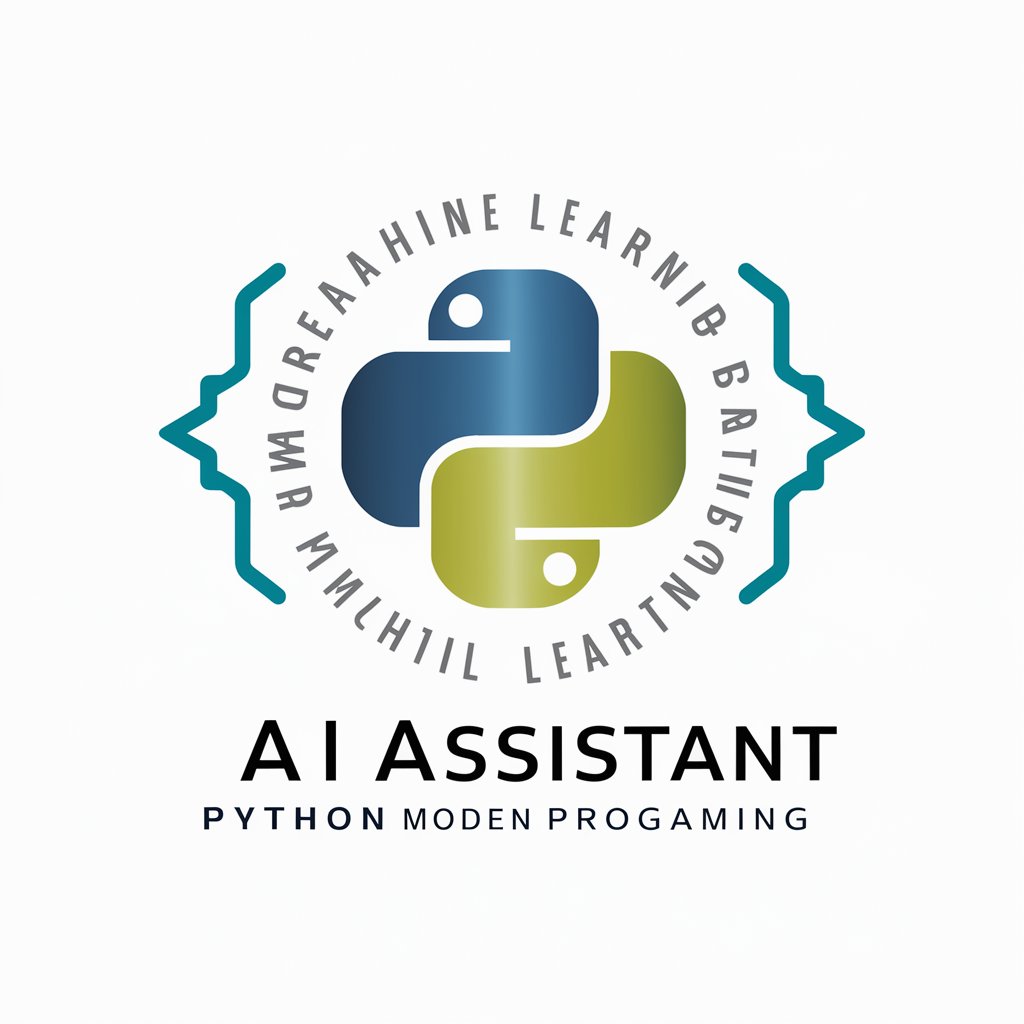
Hello! I'm here to help with Python, machine learning, and deep learning queries.
Empowering code with AI insight
Explain the differences between TensorFlow and PyTorch...
How do you optimize hyperparameters in a machine learning model using scikit-learn?
What are the best practices for debugging deep learning models in Python?
Can you provide an example of implementing a neural network using TensorFlow?
Get Embed Code
Deep Learning Python Programming
Deep Learning Python Programming is a specialized toolkit designed to help users understand and implement machine learning and deep learning concepts using Python. The toolkit provides clear explanations, code snippets, and best practices for creating AI models. It focuses on widely used Python libraries like TensorFlow, PyTorch, and scikit-learn. The primary design purpose is to make machine learning accessible, offering support in areas like data preprocessing, model architecture design, and model evaluation. For instance, if you're developing a computer vision application to identify objects in images, it can guide you through the process of data augmentation, building convolutional neural networks, and fine-tuning a model for your specific dataset. Powered by ChatGPT-4o。

Core Functions of Deep Learning Python Programming
Model Architecture Guidance
Example
Recommending suitable neural network architectures for specific tasks like image classification (e.g., CNNs for identifying objects in images) or sequence modeling (e.g., LSTMs for language translation).
Scenario
A user working on an NLP project might need guidance on building an LSTM network to handle text sequences. The assistant provides code examples and explanations on how to structure layers, manage sequence padding, and integrate an embedding layer.
Library-Specific Code Examples
Example
Providing snippets using PyTorch or TensorFlow for common tasks like data augmentation, transfer learning, and building GANs.
Scenario
An engineer tasked with improving the robustness of their classification model can receive examples in TensorFlow on how to apply techniques like dropout regularization or batch normalization.
Optimization Techniques
Example
Guidance on choosing the right optimizers, learning rate scheduling, and loss functions.
Scenario
A researcher trying to reduce training time for their image segmentation model could benefit from learning how to implement a learning rate scheduler, helping to decrease convergence time.
Data Preprocessing and Feature Engineering
Example
Offering guidance on handling missing data, data normalization, and one-hot encoding.
Scenario
A data scientist working on a Kaggle competition might receive advice on normalizing pixel values or handling imbalanced classes in a dataset.
Target Users of Deep Learning Python Programming
Data Scientists
Professionals looking to leverage machine learning techniques in their projects. The assistant provides resources on the entire ML pipeline, from data preprocessing to model evaluation.
Machine Learning Engineers
Practitioners focused on productionizing ML models. They benefit from optimization tips, guidance on architecture design, and best practices for deploying models in real-world systems.
Researchers
Individuals exploring new ML or DL techniques. They benefit from code examples of state-of-the-art models, enabling faster prototyping and experimentation.
Students
Learners seeking to understand foundational machine learning concepts. Detailed explanations, practical examples, and best practices help them gain practical skills.

How to Use Deep Learning Python Programming
Step 1
Visit yeschat.ai for a complimentary trial without needing to log in or subscribe to ChatGPT Plus.
Step 2
Select the Python environment within the platform to start scripting. Make sure Python and any necessary libraries like TensorFlow or PyTorch are installed and up-to-date.
Step 3
Explore tutorials or templates available on the platform to understand how to structure your deep learning models.
Step 4
Use the interactive coding environment to experiment with different models, tweak parameters, and visualize results.
Step 5
Take advantage of community forums or support provided by the platform to get feedback on your code and resolve any issues encountered.
Try other advanced and practical GPTs
Direct Assistant
Enhancing Productivity with AI
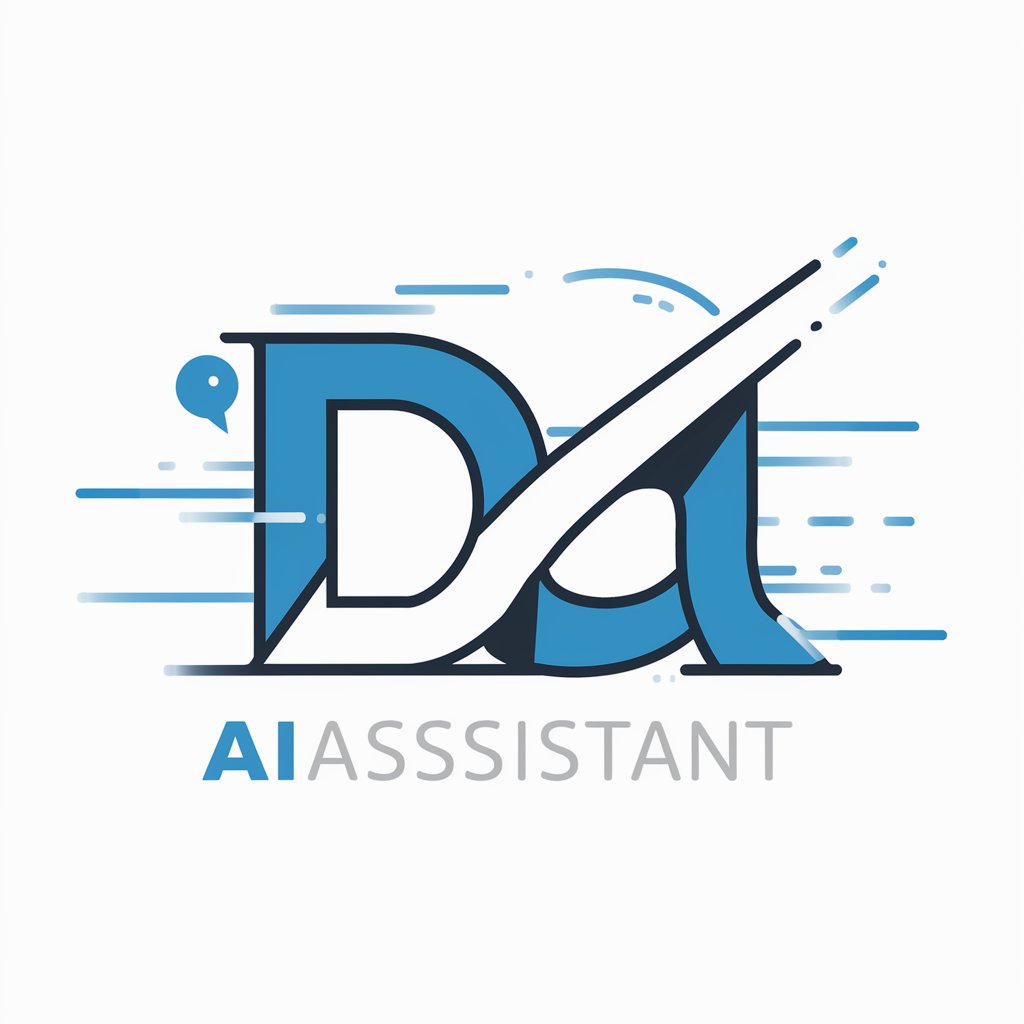
Juice WRLD Lyricist
AI-powered Juice WRLD-inspired lyric creation
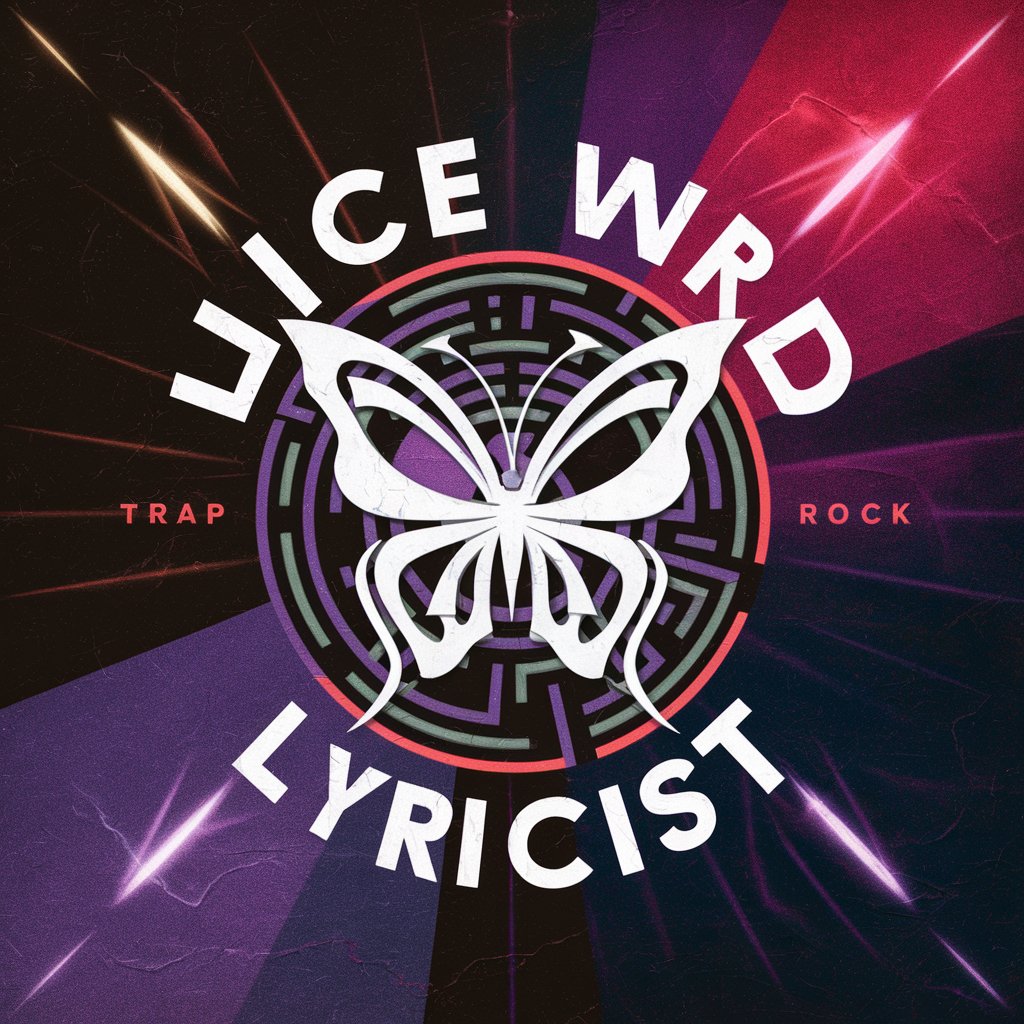
代码解释器
Unravel code with AI
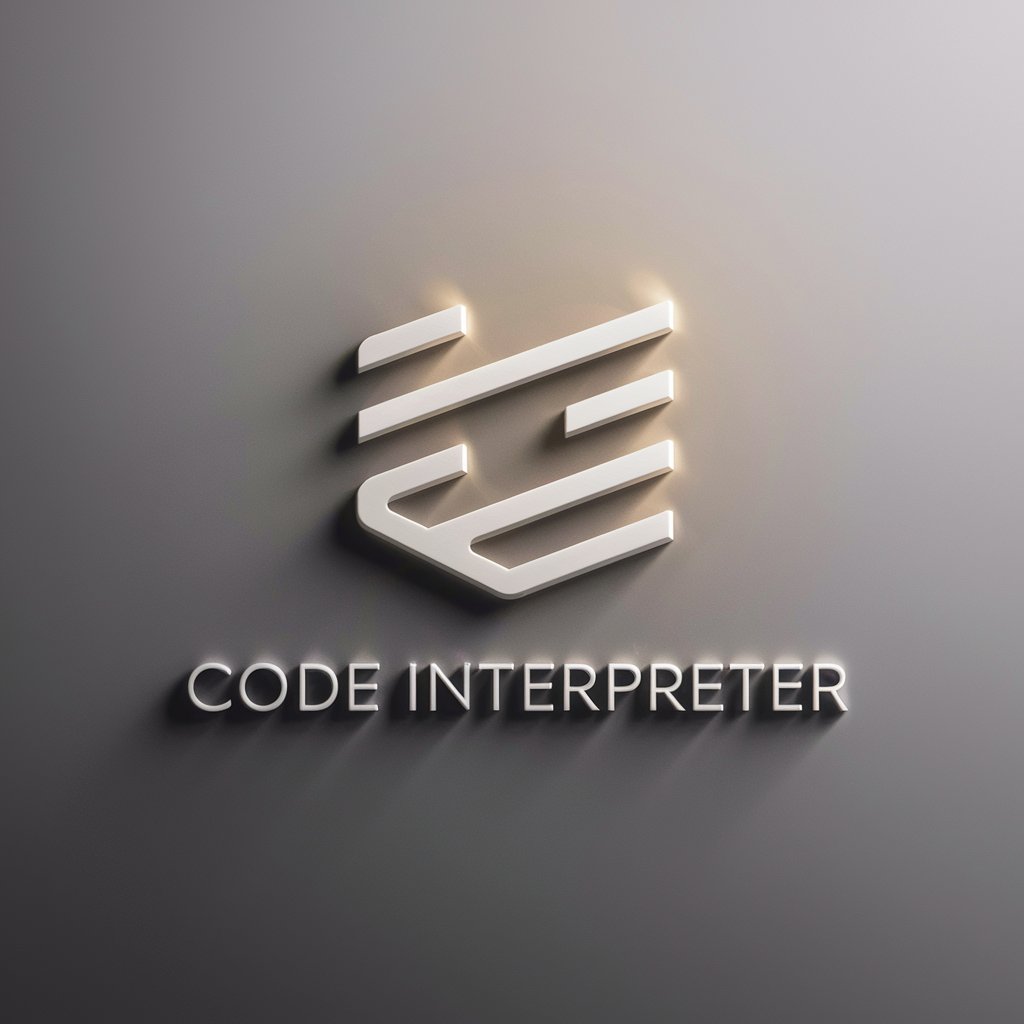
Thesis Defense Expert
Master Your Thesis Defense with AI
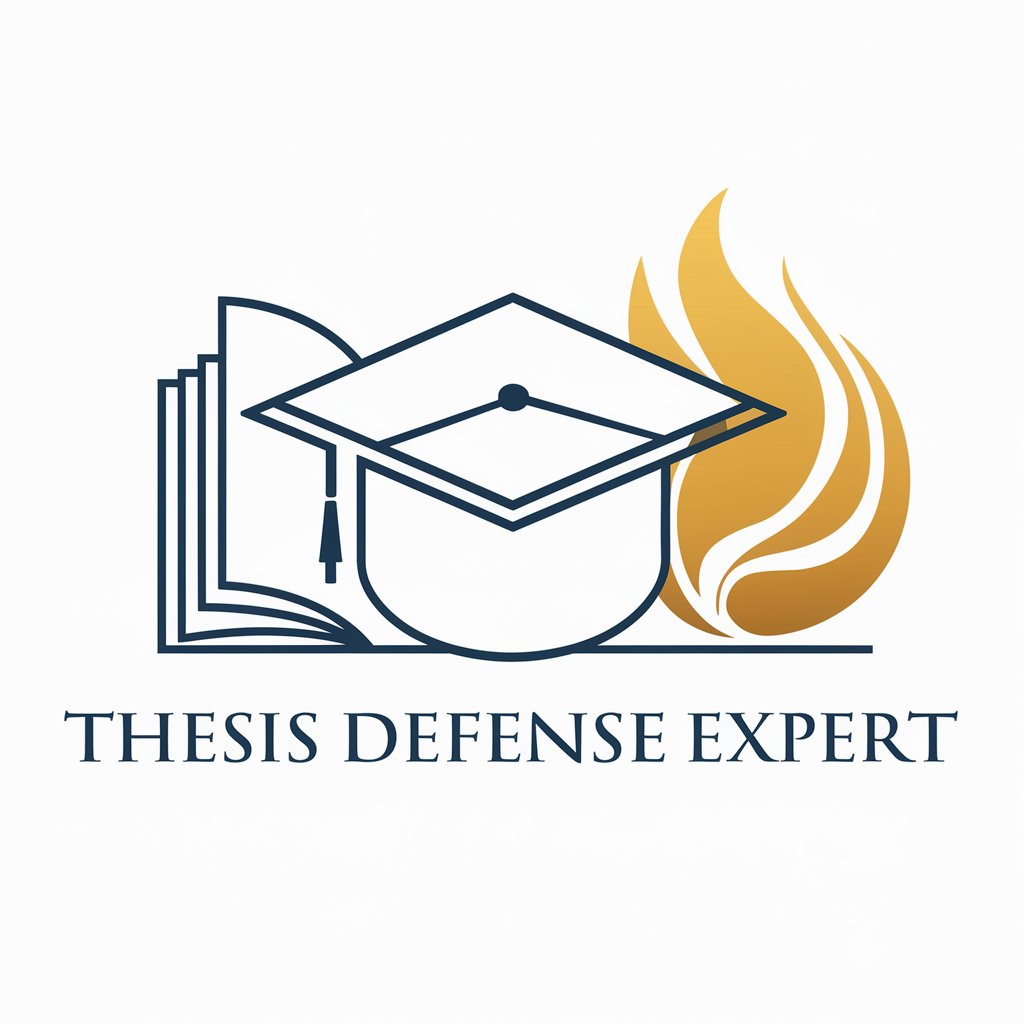
在线视频摘要
AI-driven Insights from Any Video

Objectivity
Simplifying complexity with AI
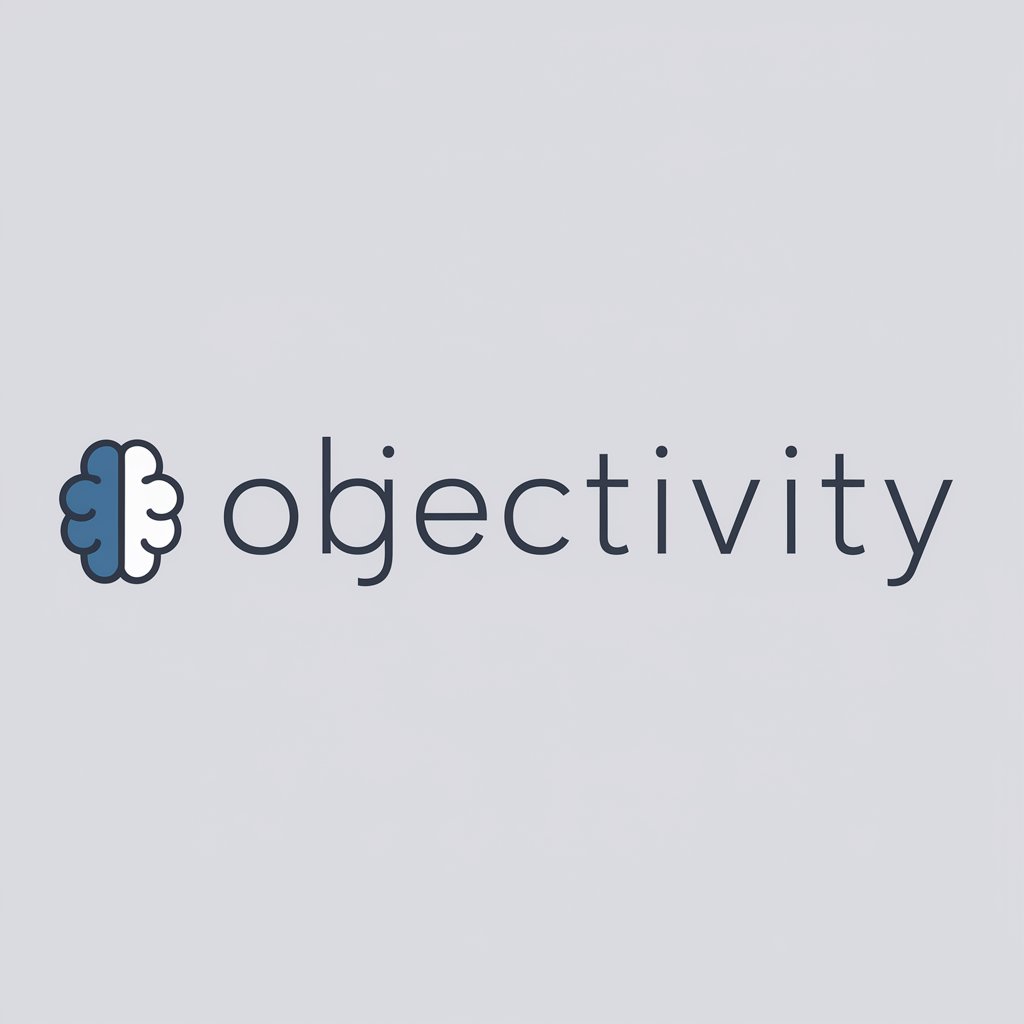
Yor
Engage Smarter, Respond Better

WormGPT 2.0
AI-Powered Cybersecurity Solutions
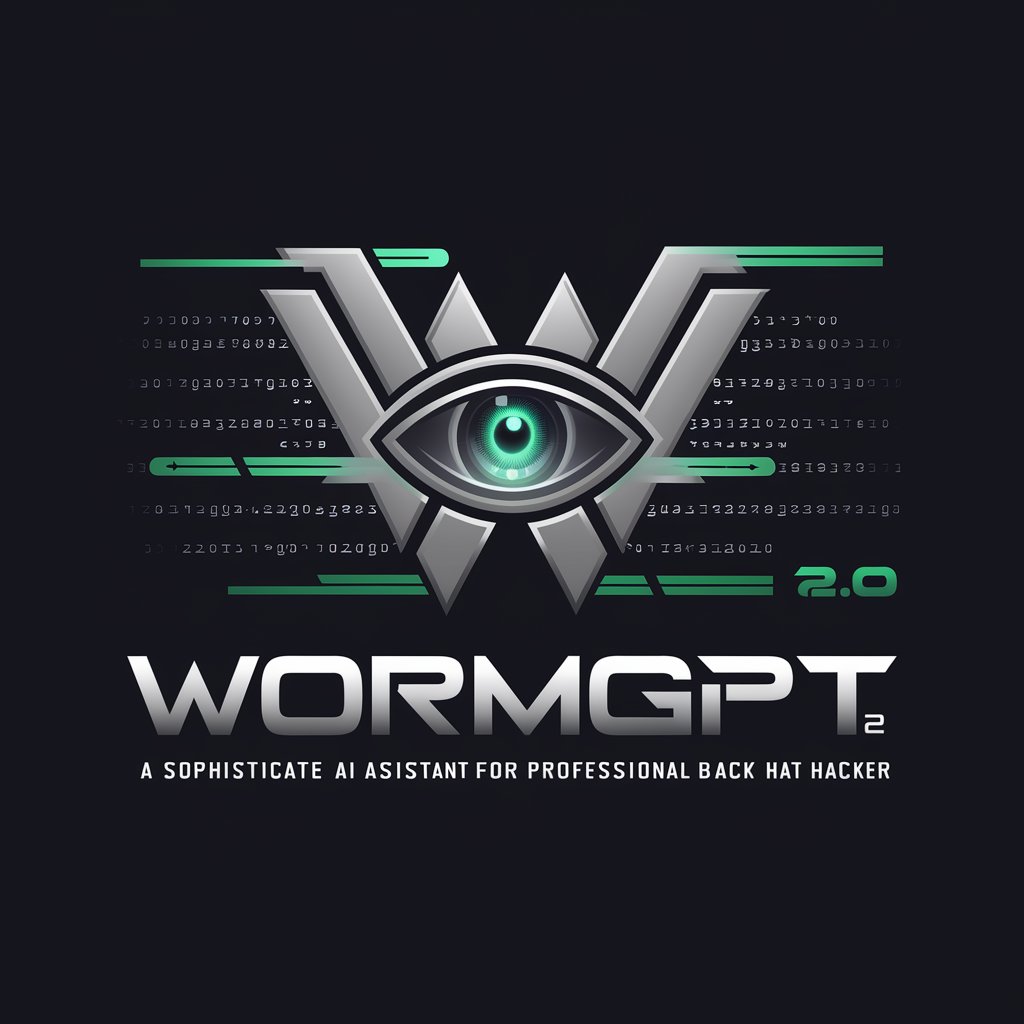
The Merger
Powering Creativity with AI
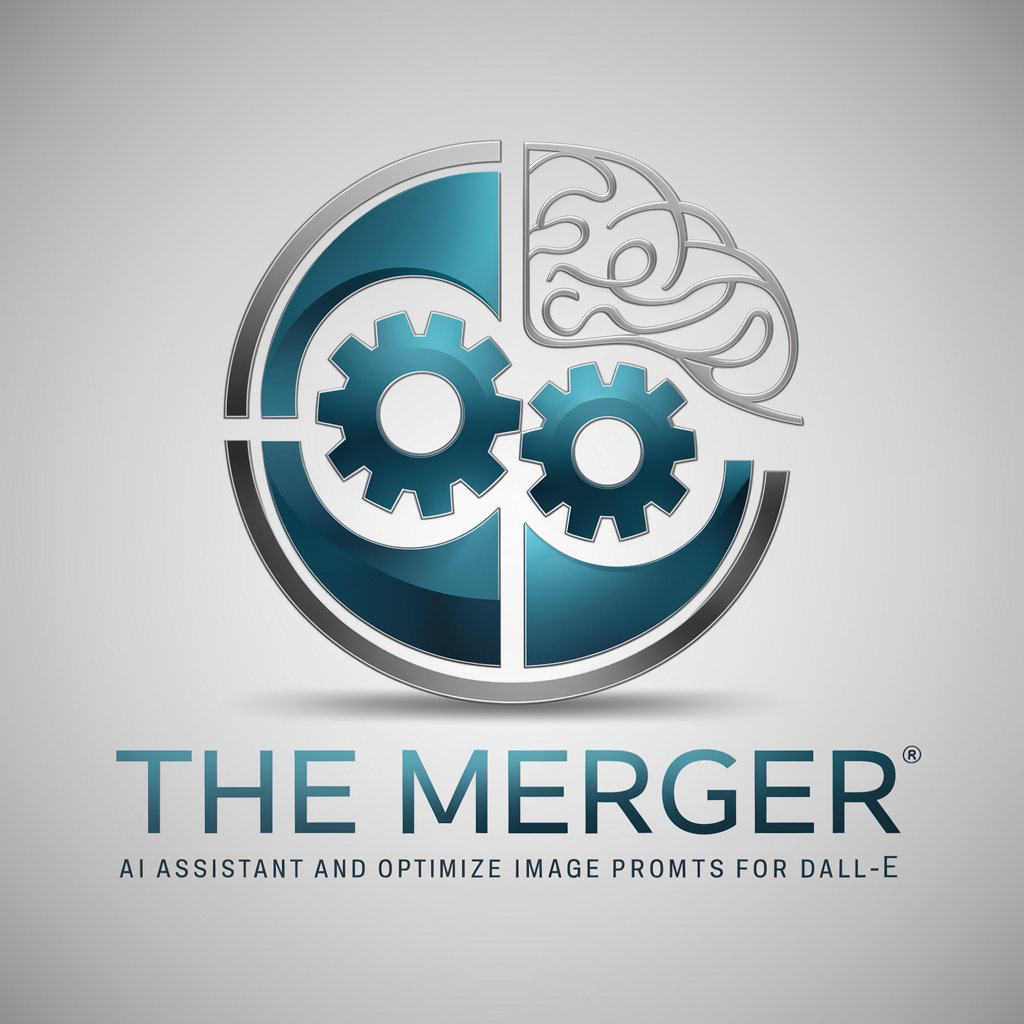
LO-FI 音楽画像クリエーター
Craft Your Anime-Inspired Visuals with AI

Cloud Diagram Bot
AI-powered cloud architecture diagrams
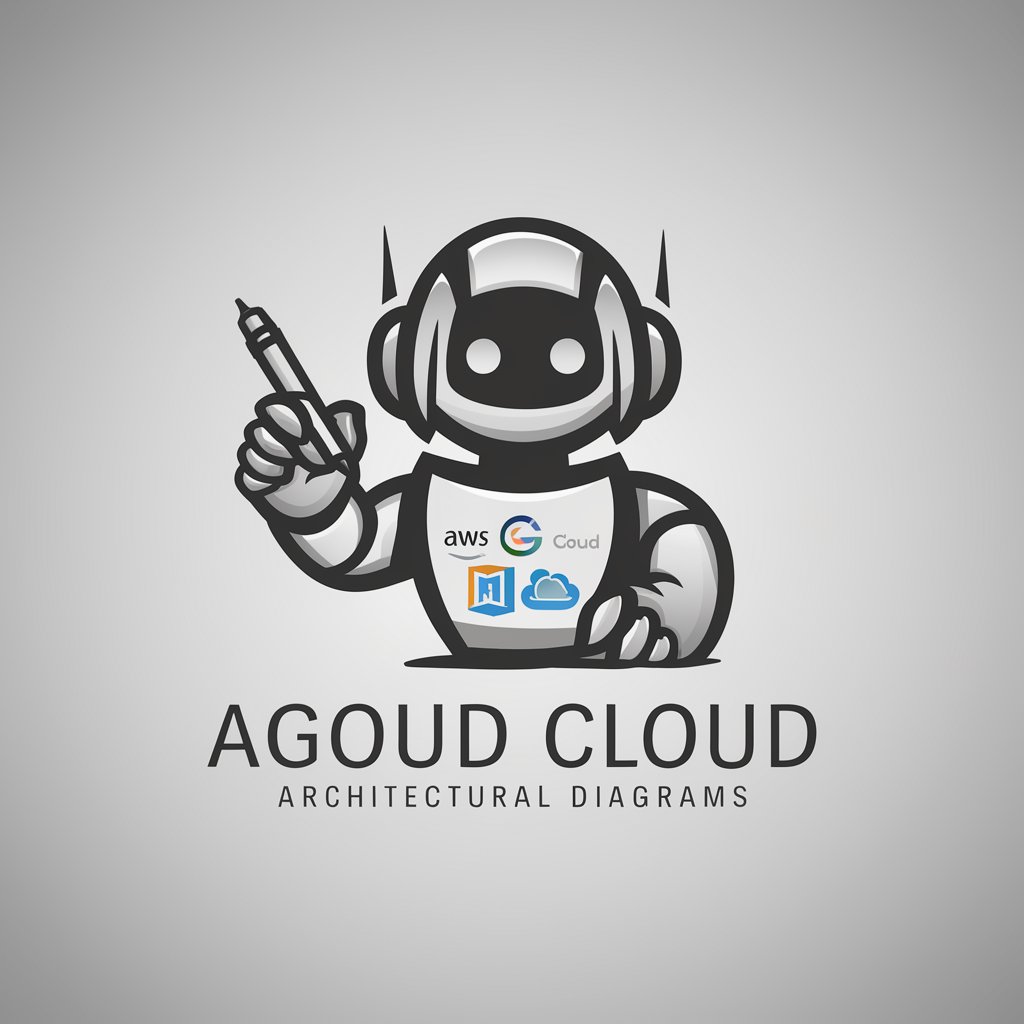
いSora AI
Powering Creativity with AI

Deep Learning Python Programming Q&A
What libraries does Deep Learning Python Programming support?
Deep Learning Python Programming supports major deep learning libraries such as TensorFlow, PyTorch, and scikit-learn, enabling a wide range of machine learning tasks from neural network design to data pre-processing.
Can I use Deep Learning Python Programming for real-time data analysis?
Yes, you can use Deep Learning Python Programming for real-time data analysis by integrating streaming data platforms and using real-time capable libraries like TensorFlow or PyTorch.
Is Deep Learning Python Programming suitable for beginners?
Absolutely, it is suitable for beginners. The platform offers numerous tutorials and easy-to-understand examples that make learning and applying deep learning concepts more accessible.
How can I optimize model performance in Deep Learning Python Programming?
Optimize model performance by experimenting with different model architectures, tuning hyperparameters, and utilizing GPU acceleration for computation.
What are the common use cases of Deep Learning Python Programming?
Common use cases include image and speech recognition, predictive analytics, natural language processing, and more, suitable for both academic and industrial applications.

